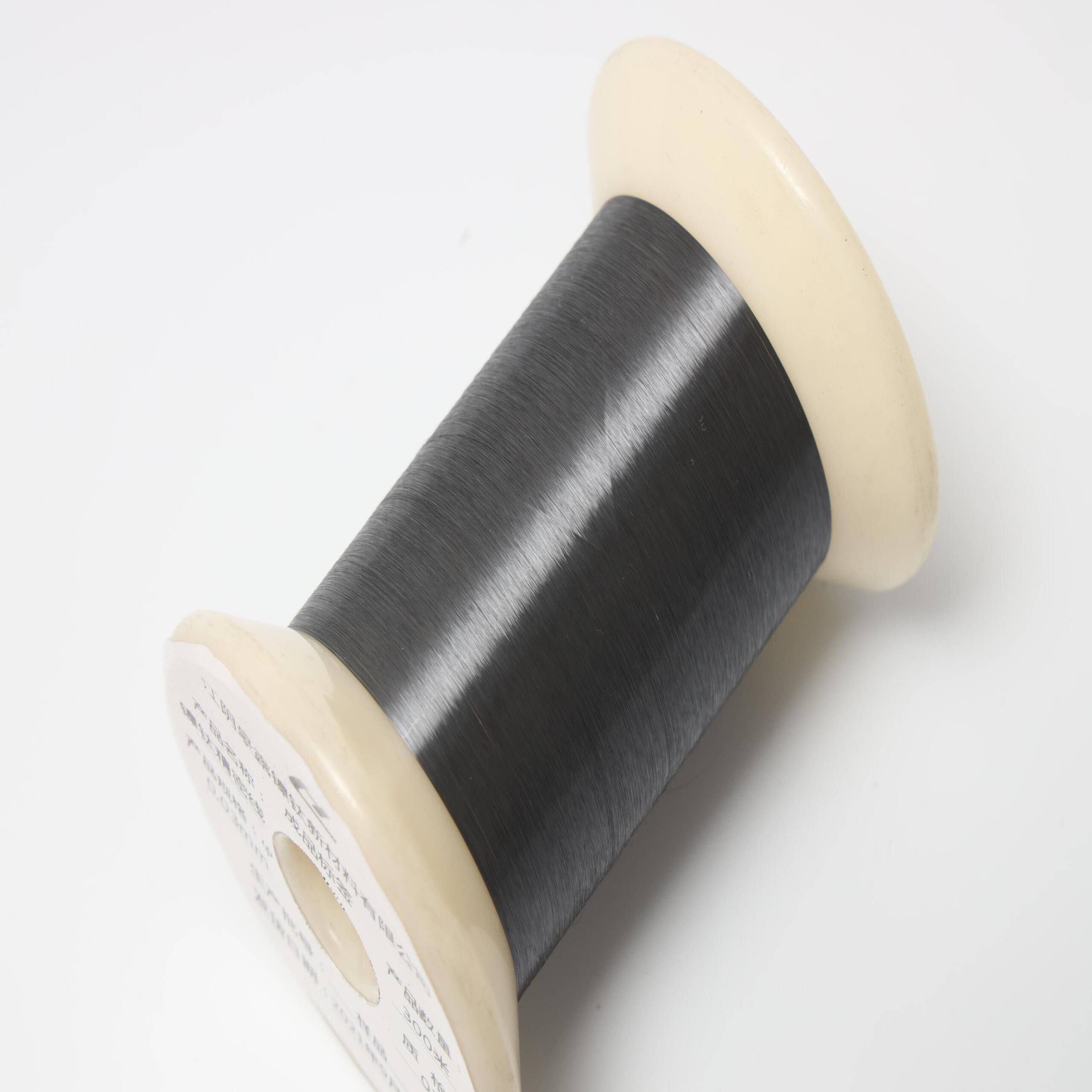Description
Exploring Medical Applications of Ultra-Fine Nitinol Wire
Nitinol, a nickel-titanium alloy, is widely recognized in the nitinol wire medical field for its unique shape memory and superelastic properties. Shape memory enables Nitinol wire to deform at one temperature and then return to its original shape when heated above its transformation temperature. Superelasticity occurs at a narrow temperature range just above this, allowing the wire to recover its shape without heating. This exceptional elasticity is 10 to 30 times greater than ordinary metals, making nitinol wires solutions highly flexible and durable.
Although first identified in 1968 as part of mining research, Nitinol’s medical benefits only emerged much later, after advances in its manufacturing made it suitable for medical applications. Since the mid-1990s, nitinol wires medical applications have expanded rapidly, thanks to its shape memory and superelastic qualities.
Key Uses of Ultra-Fine Nitinol Wire Products
The biocompatibility and mechanical performance of nitinol wire medical products make them ideal for in-body applications:
-
Catheter Reinforcement Wire: Provides strength and flexibility for catheter tubing and shafts in minimally invasive procedures.
-
Braided and Formed Stents: Keeps blood vessels open while allowing natural flexibility.
-
Retrieval Baskets and Other Medical Devices: Uses ultra-fine wire for precise control and maneuverability.
Its ability to withstand bending and twisting without damage is especially critical in nitinol wires medical devices used for cardiovascular and neural surgeries.
Why Choose Nitinol Products for Devices?
Biocompatibility is key in nitinol applications. Unlike non-biocompatible materials that may cause blood clotting or tissue irritation, Nitinol is safe for human tissue. The wire is produced from large cast ingots and then processed into ultra-fine diameters much thinner than human hair. Precision wire drawing and tight tolerance control ensure consistent mechanical properties essential for nitinol products.
Ulbrich manufactures ultra-fine and flat wire forms using advanced on-line gauging technologies to meet the stringent standards required for medical devices.
Advantages of Nitinol Wire in Healthcare
-
Superelasticity: Acts like a spring, allowing catheters and stents to flex and return to shape as they navigate the body.
-
Flexibility: Accommodates natural vessel movement without compromising structural integrity.
-
Strength: Maintains vessel patency, crucial in treating peripheral artery disease (PAD) and other conditions.
Beyond Medical: Other Applications of Nitinol Wire Medical
In addition to medical devices, nitinol wire also supports:
-
Orthodontic arch wires
-
Actuators and precision couplings
-
Temperature control systems
-
Durable eyeglass frames
-
Heat engines
Performance Factors in Medical
Physical Traits: Size and Tolerance
Nitinol wire medical products require multiple passes through wire drawing dies to achieve ultra-fine diameters. Maintaining tight diameter tolerances along the wire is essential for both product performance and die longevity.
Mechanical Properties: Tensile Strength and Surface Condition
Cold-worked and annealed wires are often heat set into a superelastic state downstream. Controlling these parameters ensures the high quality demanded in nitinol wires applications.
Conclusion
Thanks to its unique mechanical properties and biocompatibility, ultra-fine nitinol wire is vital in producing reliable stents, catheters, and surgical implants. Choosing a trusted alloy supplier and precise manufacturing processes guarantees consistent quality and performance.
For expert guidance on nitinol products, contact an Ulbrich specialist today.
•Diameter & Tolerance
Diameter(mm) |
Tolerance(mm) |
Diameter(mm) |
Tolerance(mm) |
Diameter(mm) |
Tolerance(mm) |
4.000-2.000 |
±0.025 |
0.350-0.260 |
±0.010 |
0.08-0.050 |
±0.005 |
2.000-1.000 |
±0.020 |
0.260-0.150 |
±0.007 |
0.050-0.025 |
±0.005 |
1.000-0.350 |
±0.010 |
0.150-0.080 |
±0.005 |
0.025-0.018 |
±0.003 |
•Mechanical properties
Max force(N) |
Tensile(MPa) |
Elongation % |
Upper stress(MPa) |
Residual strain(WT%) |
At temp |
Base on diam |
≥1000 (1350) |
≥10 (15) |
≥400 (460) |
<0.5 55.96 |
(10±10) |
Base on diam |
≥1000 (1350) |
≥10 (15) |
≥400 (460) |
<0.5 56.1 |
(-30±10) |
Base on diam |
≥1000 (1350) |
≥10 (15) |
≥400 (460) |
<0.5 50.0 |
(60±10) |
▸ Expert Guidance: 24/7 support
▸ Facebook account:Facebook



Reviews
There are no reviews yet.